Everything you need to know about machine tools
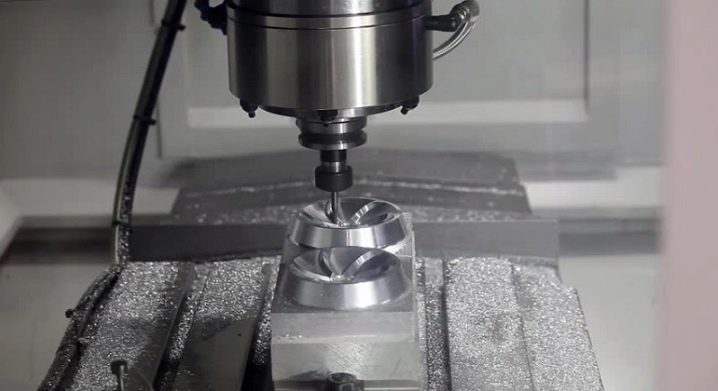
No production can do without machine tools. In one form or another, processing equipment is used both in large factories and in small private firms of any direction. At the same time, there are a great many classifications of such units, each of them has its own functionality, optional content, technical and operational characteristics.
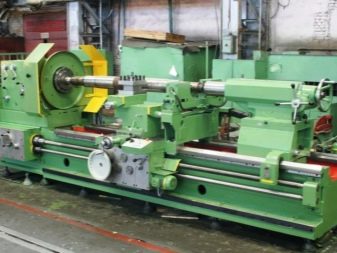
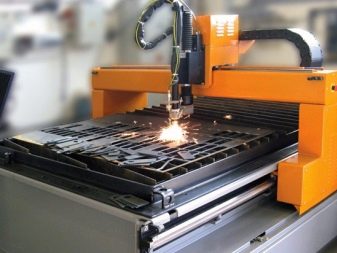
What it is?
The machines belong to the group of industrial units. They are distinguished from all other types of technological equipment by the presence of a bed on which the main functional organ or a system of working blocks is installed. A diamond bit, an abrasive wheel or a drill can act as a processing element - this directly depends on the types of operations performed. In most cases, machines are used in large industrial plants.

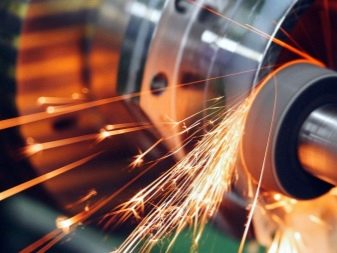
They represent massive construction that provides a platform, clamps, motor and many other elements... In small-scale workshops and household workshops, more compact equipment is in demand. In recent years, not only stationary but also mobile devices have appeared among machine tools. At the same time, the line between a mini-machine and a hand tool is sometimes not determined even by manufacturers. Nevertheless, it is the frame, the presence of the power plant and the processing body that refer the units to the group of machine tools. And which ones, we will consider further.
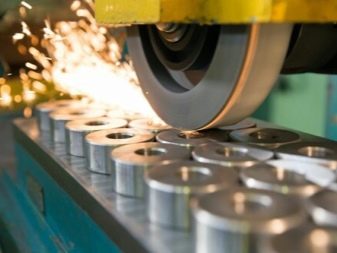
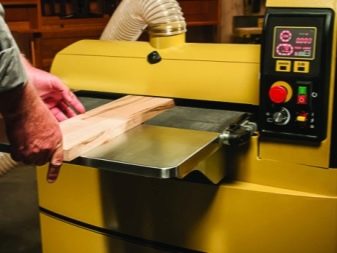
Description of species
Nowadays, the level of automation of industrial enterprises is steadily increasing, so the number of mechanically controlled machines is becoming less and less. That is why all machines can be conditionally divided into manual, semi-automatic, and automatic models. The most modern installations are numerically controlled... This type of control provides increased tuning accuracy, and the processing itself is performed with a minimum error. The main advantage of CNC machines is that there is no need for constant monitoring of the production progress, since all the main operating parameters are set by the operator before the start of processing.
Machine specifications vary depending on the type of material being processed. Most types of units are used for working with wood and metal products. At the same time, for wood, it is permissible to use less powerful units, but with exceptional tuning accuracy. For metal workpieces, the power must be at its maximum. There are different types of machines - beading, folded-rolling, rail-cutting, squared, debarking, for folded roofing, peeling, precision, as well as copying and laser.
The most popular are milling, drilling and turning machines.
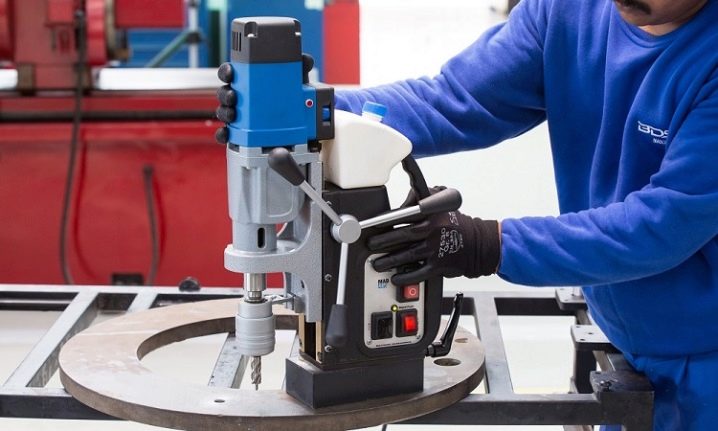
Metal cutting
To work with metal, metalworking metal-cutting, sheet-straightening machines, cutting machines for reinforcement and installations for mesh-netting are used. All types of machine tools for metalworking are divided into several categories.
- Turning - make processing of constantly rotating inner and outer surfaces of the workpiece. In this case, during processing, the part rotates around its axis.
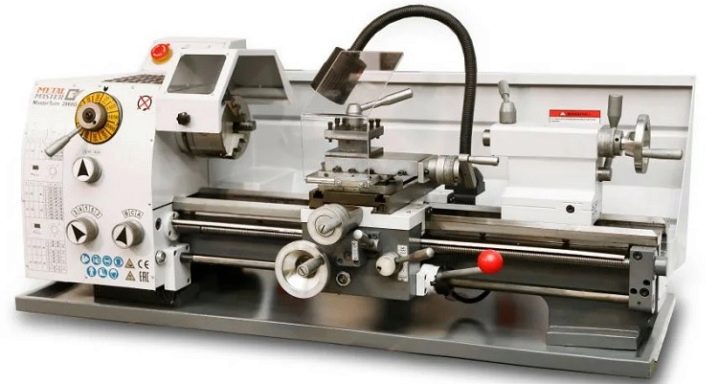
- Drilling - boring machines are also included here, they are indispensable when it is necessary to form blind and through holes.In the process of processing, the tool rotates simultaneously with the feed of the workpiece; in boring mechanisms, the feed is carried out due to the movement of the working base.
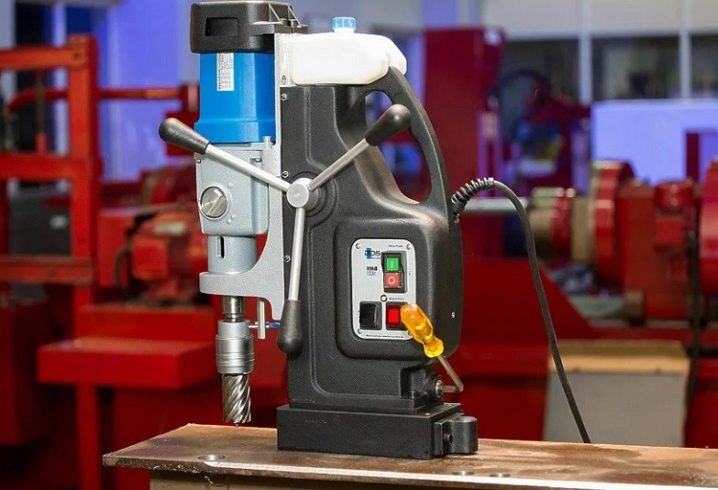
- Grinding - include several types of machines. All of them are united by the presence of an abrasive grinding wheel as a basic working tool.
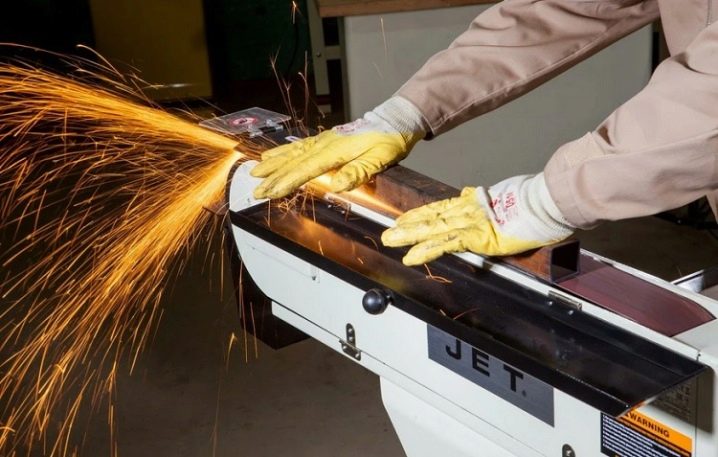
- Finishing and polishing - an abrasive wheel is also used here. Together with polishing paste, it makes the surface smooth.

- Gear cutting - are intended for the design of gear teeth, grinding machines can also be attributed here.
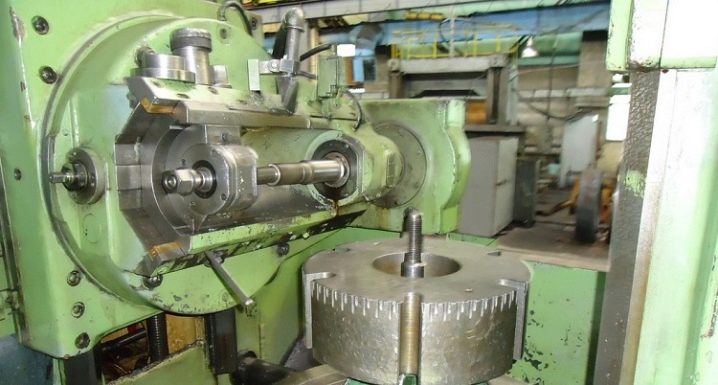
- Milling - in this category, a multi-edge cutter is used as a functional organ.
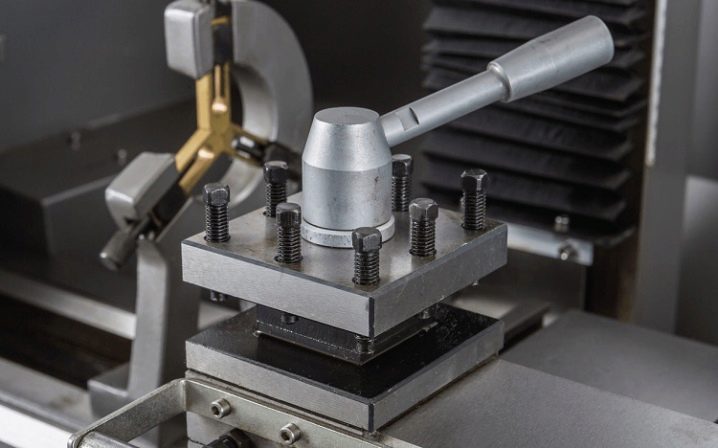
- Planing - the principle of operation of these modular devices is based on the reciprocating movement of the workpiece. Split - used to separate the angle, channel, bar and other types of rolled metal by cutting.
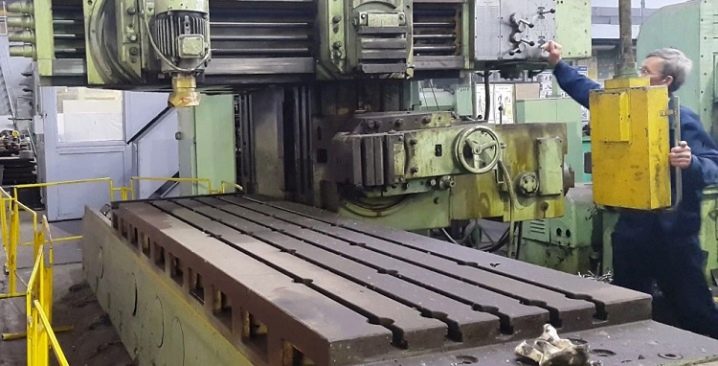
- Lingering - as a functional tool, multi-blade broaches are installed here.
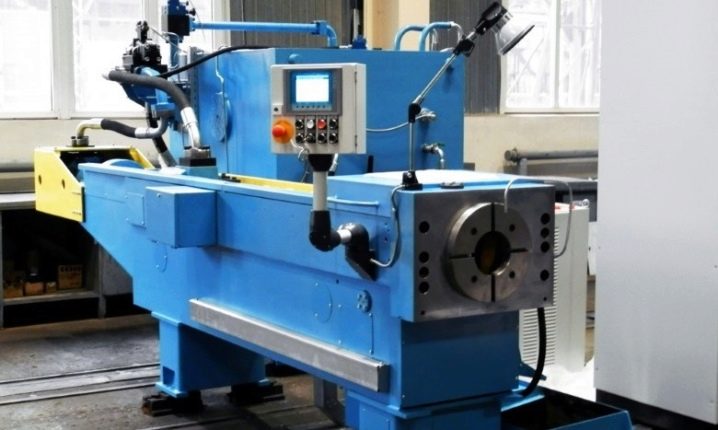
- Threading - this group includes units designed for threading. Lathes are not included here.
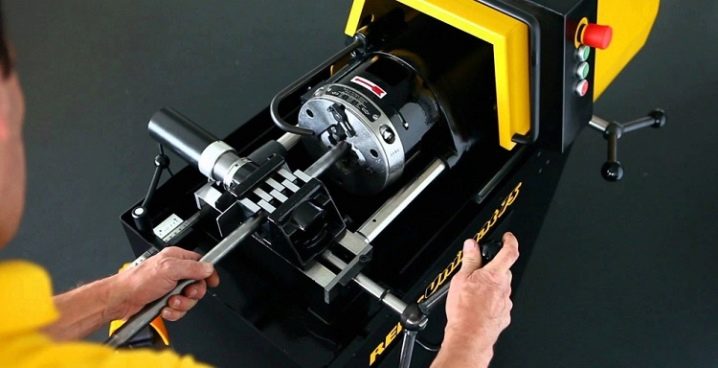
- Subsidiary - this category includes additional installations that allow performing auxiliary technological operations.
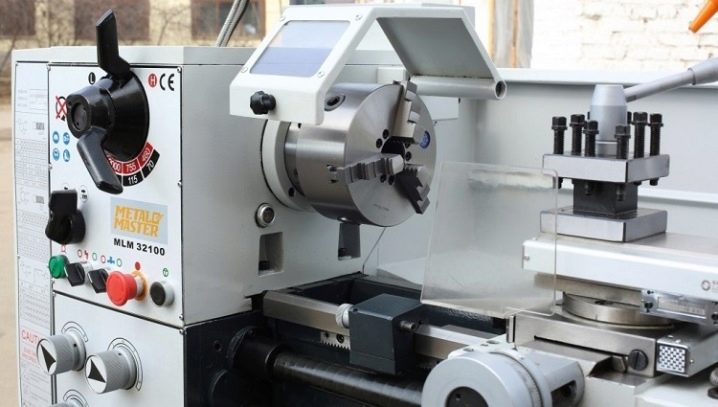
Woodworking
Modern woodworking machines are divided into several groups.
- Planing - also known as planing planes or, more simply, planers. This equipment performs two types of manipulations. The first is planing lining and wooden blanks to a certain size, that is, thicknessing. The second is making the wooden surface smooth by planing.
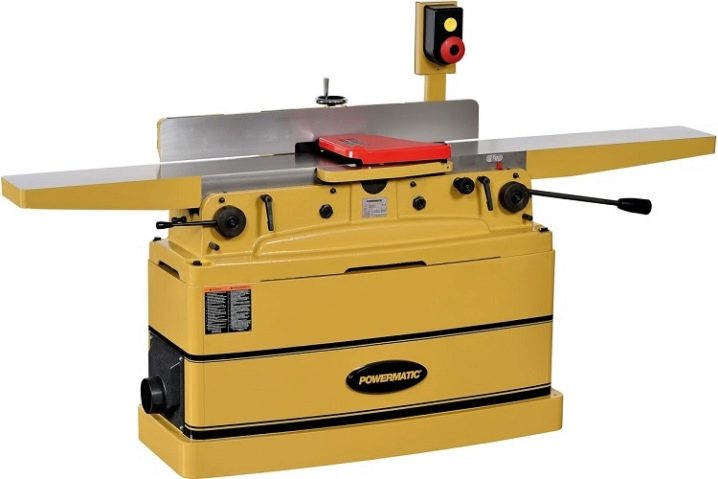
- Circular saws - this type of machine is in demand when it is necessary to cut workpieces. It is distinguished by maximum accuracy in comparison with analogs.
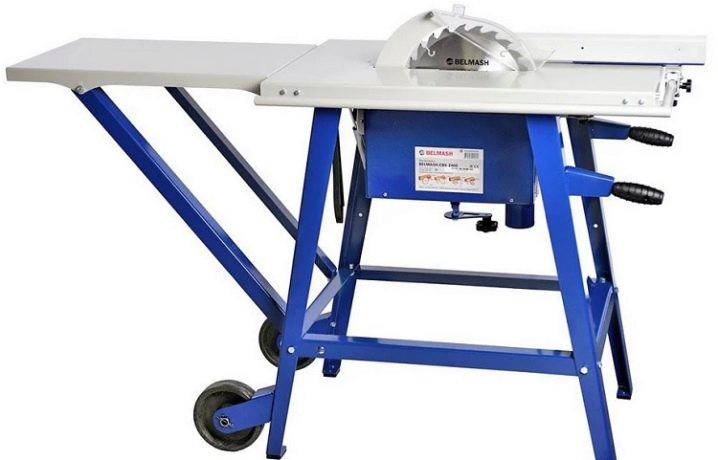
- Panel saws - allow to carry out transverse and longitudinal, as well as corner cutting of plywood, lumber and wood blanks, faced with veneer or plastic.
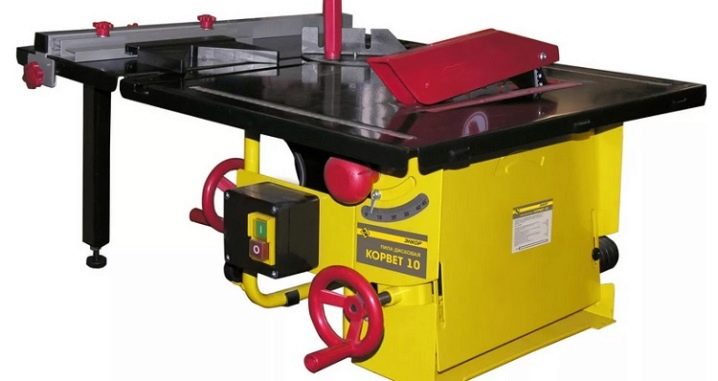
- Sawing - this includes longitudinal sawing machines, circular sawing machines and frame sawmills. They are used to divide massive workpieces into several smaller ones.
The choice of a specific type of equipment depends on the parameters of the hardness of the wood.
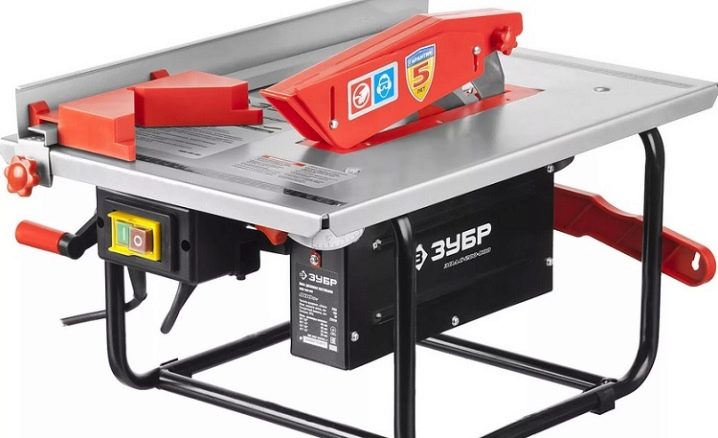
- Slotting - such woodworking equipment is very powerful. Therefore, when forming perforations or sawing grooves in workpieces, there are often increased loads on the machine engine.
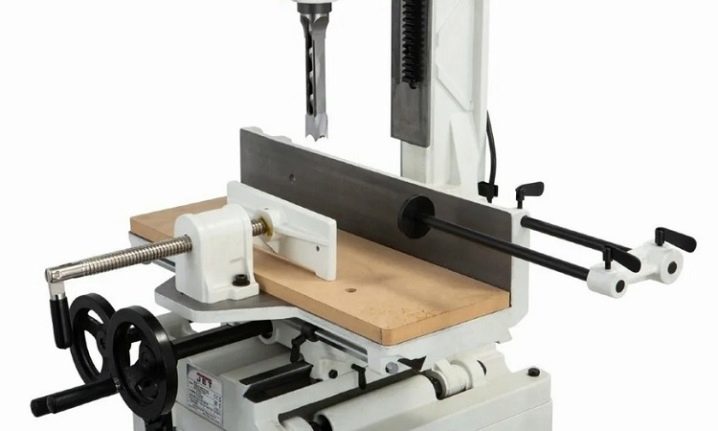
- Turning - universal models, used for work in a wide range (drilling, threading, sawing grooves, turning).
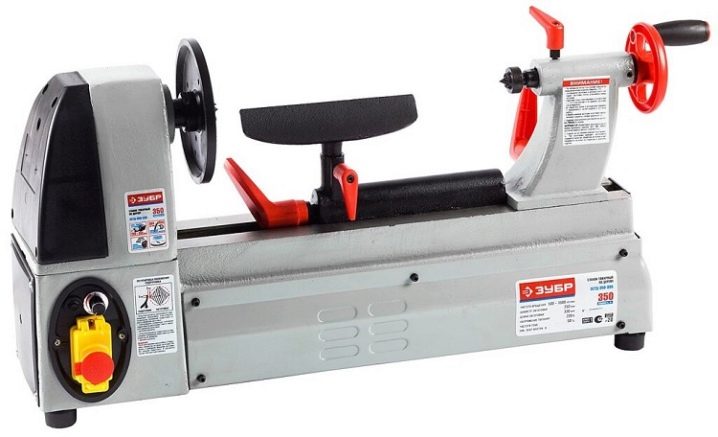
- Milling - as in the case of metal, this equipment allows processing of internal and external surfaces and planes of various shapes. The tool is in demand for gouging teeth, it is also used to create groove grooves.
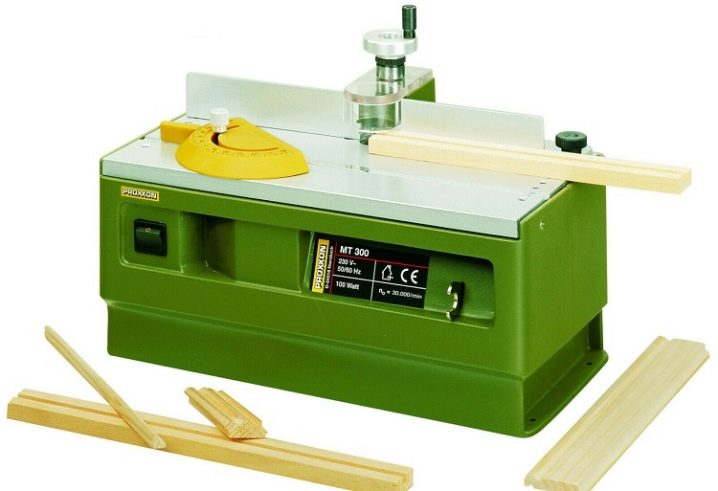
- Drilling - as the name implies, the tool is in demand when it is necessary to create holes in wooden blanks.
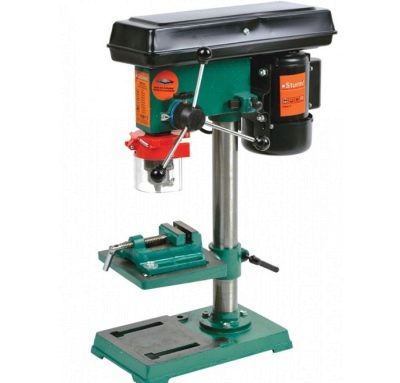
- Combined - carry out complex processing of joinery products. For example, sawing, milling and thicknessing.

- Band saws - such machines are in demand when cutting wood blanks of different hardness and height. They also allow curly cutting. It is a cost effective piece of equipment as it reduces waste.
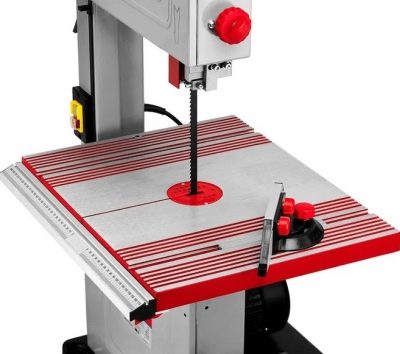
- Edgebanding - such units allow you to perform decorative processing of the edges of furniture and other wood products.
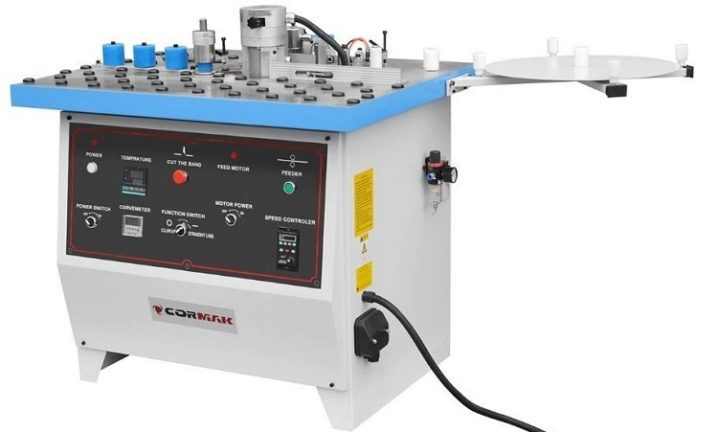
- Grinding - high-precision equipment used in the finishing stages of product development. Cleans away any unevenness and surface imperfections, giving the product an aesthetic appearance.
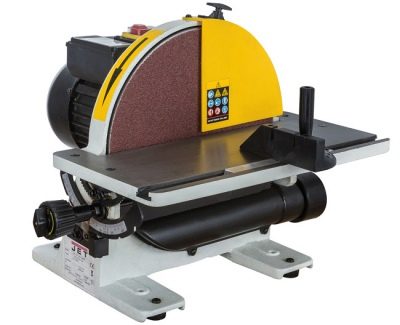
Stone cutting
The design of stone cutting machines includes a bed, as well as a cutting tool fixed on it... The latter is driven by a gasoline or electric motor, which ensures high-quality sawing of concrete, porcelain stoneware, natural stone and other types of superhard slabs. Electrical equipment requires an AC connection, but does not produce toxic flue gas emissions. Gasoline units are autonomous, but rarely used; a well-ventilated working room is a prerequisite for its operation.
Depending on the type of control, the machines can be manual and automated. Automated ones are divided into two groups - designed for straight cutting and cutting at an angle of 45 degrees, as well as for shape cutting.
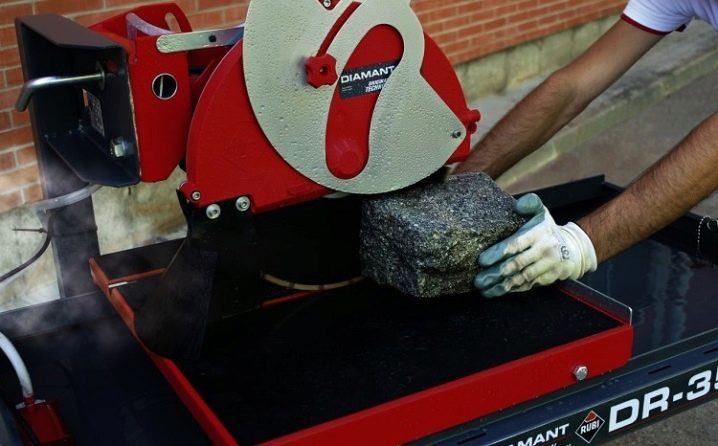
The first category includes:
- stone splitting installations - are in demand in the production of paving stones and decorative fragments, which are used for paving streets and garden paths;
- detachable - are responsible for cutting massive boulders into fragments of the required size;
- gauge - they level the stone surface and give it an aesthetic decorative look.
The provided 45-degree machining function significantly reduces labor costs and greatly reduces the processing time for each workpiece. Figured cutting is carried out on specialized equipment in order to give the products a patterned shape.
The principle of operation of such a device is based on waterjet technology.

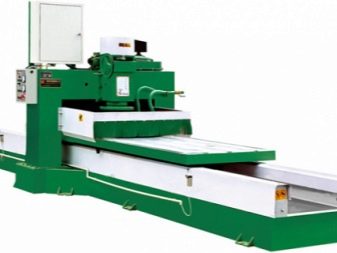
Other
Lines for the processing of plastic into granules and machines for the production of pellets stand apart. They include equipment for shredding, cleaning, drying, separating, granulating and final packaging of plastics.
One line of machines includes all of the above mechanisms. In some cases, a separator, sorting tables, conveyors and conveyors are required.
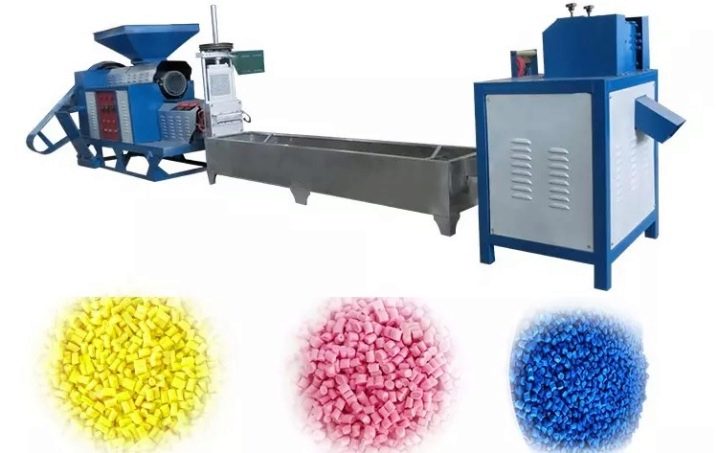
Accuracy classes
Each type of machine tool is subject to mandatory checks for compliance with accuracy standards. The results of the tests carried out are recorded in special acts and are included in the unit's passport. All types of equipment have their own GOST, which regulates the maximum deviation for each check. The number and frequency of checks may vary depending on the type of machine. For example, some models of universal CNC milling machines can include several dozen tests.
According to the test results, all machine tool equipment is divided into classes, taking into account the accuracy of work.
- H - installations of normal accuracy, they are used for processing parts from rolled metal and casting.
- NS - increased accuracy. Such units are manufactured on the basis of equipment with normal accuracy, but their installation is carried out with the utmost care. These machines process the same workpieces, but all the work is done more precisely.
- B / A - equipment of high and especially high precision. Here it is assumed the use of special structural elements, a more thorough study of units and specific operating conditions.
- WITH - especially precise machines, allow you to achieve maximum precision in processing workpieces. They are in demand in the manufacture of measuring tools, gears and other processing options.
Deviations from tests of adjacent accuracy classes of the unit differ from each other within 1.6 times.
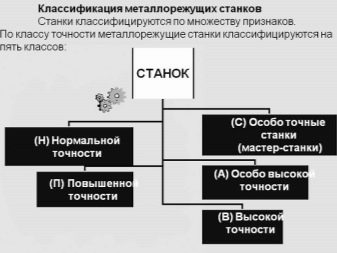
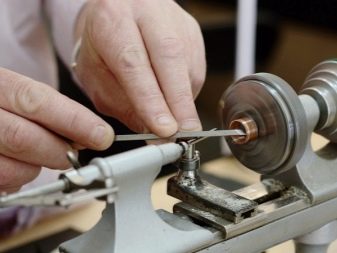
In accordance with GOST 8-82 for all types of machines, including CNC versions, a uniform standard for accuracy tests has been introduced. In accordance with it, belonging to a category is determined by three parameters:
- the geometric accuracy of the equipment itself;
- precision processing of dough pieces;
- Extra options.
Accuracy classes are assigned to the machine categories based on this standard. In this case, equipment belonging to the same group must ensure equal processing accuracy for samples of identical size and shape.
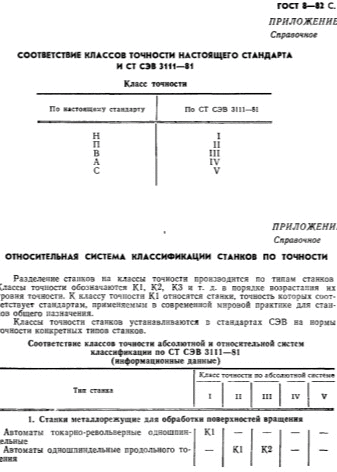

Top manufacturers
Reliable, functional and durable machines are manufactured in different countries. The highest quality imported equipment is produced in the USA, Europe, as well as in a number of Asian countries. The top of the largest manufacturers includes several well-known brands.
- TOYODA (Japan). This firm was established in 1941 as a subsidiary of the Toyota Motor Corporation. Initially, the company specialized in the production of cylindrical grinders, but since the 70s. In the twentieth century, the manufacturer established the production of high-precision machining centers for mass production. Today the company is recognized as a leader in the manufacture of CNC units.
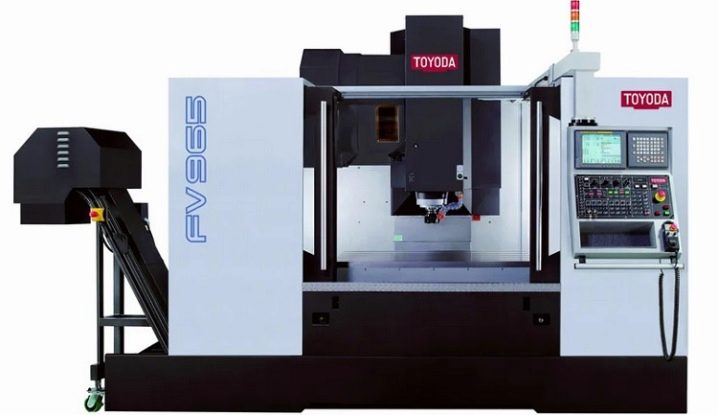
- SMTCL (China). The machine-tool plant is recognized as the largest in China, the output of products exceeds 100 thousand units of machine tools per year. The enterprise began its production activity in 1964. By 2020, the concern included 15 machine-tool production facilities, as well as a research center engaged in the creation of high-tech units. The manufactured machines are sold in over 70 countries of the world, including Russia, Italy, Germany, England, Canada, USA, as well as Turkey, South Korea, Japan and South Africa.
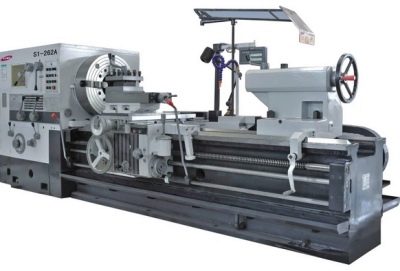
- HAAS (USA). The American enterprise has been operating since 1983, today it is considered the largest machine-tool plant in the United States. The product portfolio includes turning units, CNC machining modules and large five-axis specialized plants. At the same time, 75% of the shop equipment is made up of self-made machines, this approach can significantly reduce the cost of products.
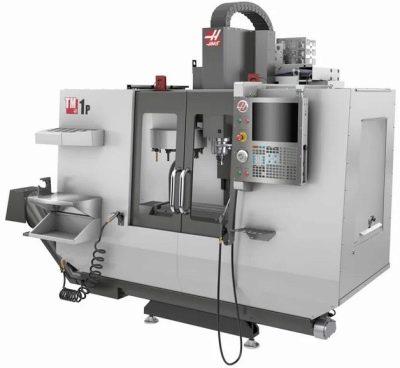
- ANCA (Australia). The manufacturer has been manufacturing CNC grinding machines since the mid-80s. XX century. Workshops are located in Melbourne, two more factories operate in Taiwan and Thailand. The company manufactures tool cutting and sharpening machines, installations for the production of taps, and manufactures milling and grinding units.
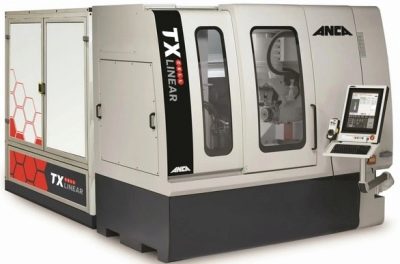
- HEDELIUS (Germany). The start of the work of the German company fell on 1967. Initially, the manufacturer limited the range of woodworking machines. But already a decade later, a line was opened to create processing devices for the needs of the metalworking industry.

- Biglia (Italy). The Italian manufacturer is recognized as one of the leaders in the production of productive turning machines. It has been operating since 1958. The company offers turning and milling centers, as well as vertical machines, installations for processing round bars and machining installations.
Product quality is confirmed by international certificates ISO 9001 and CE Mark.
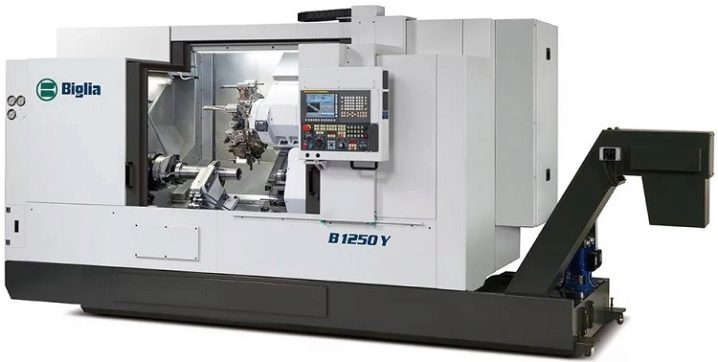
Components and accessories
All components used in the machines can be conditionally divided into 3 categories.
- Mechanical - these are guides, as well as bearings for them. This also includes gear racks, drive belts for transmissions, couplings, roller tables, gearboxes and others.
- Electromechanical - include all kinds of engines, spindle and axis drives. This group includes auxiliary motors, for example, for supplying cutting fluid. The category also includes power units for controlling them (power supplies, frequency converters, electromagnetic relays, end sensors).
- Electronic - this group of consumables consists of boards, communications, drivers and much more.

It must be borne in mind that some consumables form a single functional link with each other... An example is: a stepper motor, a driver, and a power supply for the drive. All components of this bundle must match exactly. The same applies to the group: spindle, frequency converter, screws and nuts, rack and pinion.
If it is necessary to replace one of the spare parts in such a bundle, the choice must be made taking into account the technical and operational parameters of all other components. When choosing one specific spare part of such a group, it is necessary to provide the seller with the main documentation for the other components of the bundle. They must have at least one manufacturer.
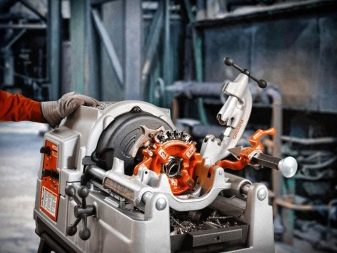
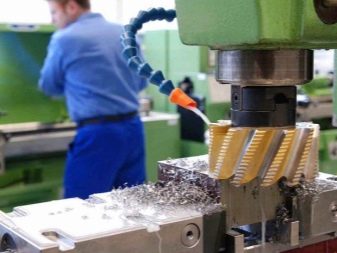
Nuances of repair
Repairing machine tools is not an easy process. Do it yourself can be done by people with specialized skills in working with such equipment. Here's an example based on a lathe. It's no secret that the desire to equip a workshop with a lathe is often at odds with the budget. That is why some people buy used models, sometimes in a rather deplorable state.
Repairs allow extending the service life of such equipment. One of the most common defects of such machines is the depletion of the cutting surfaces of a metal-working machine, leading to wear. In this case, the repair must necessarily include a scraping procedure, as a result of which all damaged layers of friction surfaces are removed.

Most often, the caliper, carriages and bed guides are subject to scraping in lathes. The development of guides is associated with frequent ingress of metal chips or gross violation of operating conditions. A sudden change in operating modes, insufficient lubrication and other factors lead to breakdown. Scraping can be rough - it is produced in order to eliminate pronounced defects, in this case 0.001-0.03 mm of metal is removed.
Immediately after roughing, a final scraping is performed, it allows you to neutralize all the small irregularities identified with the paint. The spots remaining on the surface after scraping the applied paint become a guide for the master - the smaller their number and diameter, the smoother the surface will be. At the final stage of work, finishing scraping is performed, its purpose is to ensure an even distribution of stains.
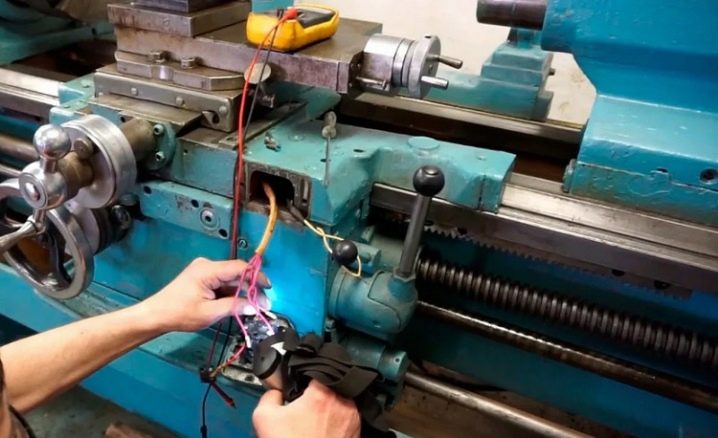
Of course, repairs are not limited to scraping. However, it is this measure that ensures maximum turning accuracy and smooth movement of the equipment working mechanisms.
However, you need to understand that any do-it-yourself machine repair is advisable only if we are talking about lightweight, low-functional household appliances. If it is necessary to restore installations of a medium or heavy class weighing several tons, it is better to transfer the equipment into the hands of specialists. They will not only restore her working capacity, but also increase productivity.
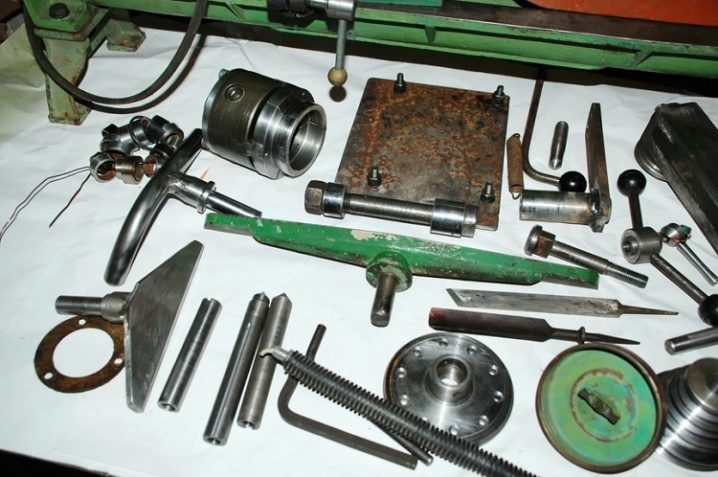













The comment was sent successfully.